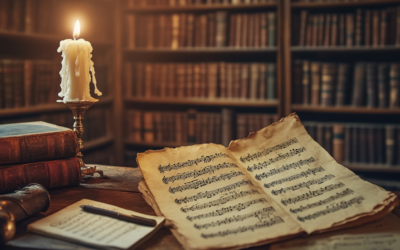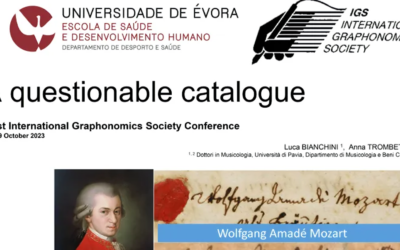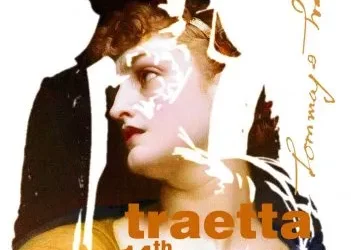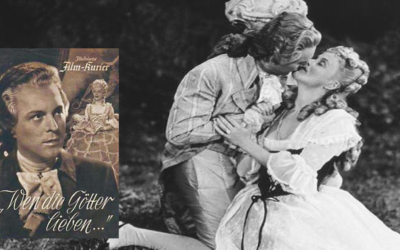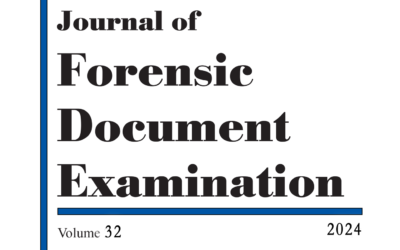Dissecting the Flaws in the Portrait and the Music That Wasn't
The Curious Case of Mozart's Phantom Sonata
In a striking case of artistic misattribution, the Musikwissenschaft has rediscovered Mozart through a portrait, attributing a dubious composition to him based solely on a score’s presence. One has to wonder: is this music really Mozart’s, or just a figment of our collective imagination?
Mozart: The Fall of the Gods
This book offers a fresh and critical look at the life of Wolfgang Amadeus Mozart, challenging the myths that have surrounded him for centuries. We strip away the romanticised image of the “natural genius” and delve into the contradictions within Mozart’s extensive biographies. Backed by nearly 2,000 meticulously sourced citations, this work invites readers to explore a deeper, more complex understanding of Mozart. Perfect for those who wish to question the traditional narrative, this biography is a must-read for serious music lovers and historians.
"In the curious case of Mozart's phantom sonata, standing next to a score doesn’t make you a composer—though it does make for a rather amusing tale!."
Mozart: The Fall of the Gods
In a rather amusing twist, the Musikwissenschaft has unearthed a portrait of the young Mozart from his first trip to Italy, only to attribute a composition to him based on nothing more than the appearance of a score in the painting. As if by mere proximity, the child at the harpsichord was anointed a composer! It begs the question: does standing next to a painting of a lion make one a wildlife expert?
The artist behind this questionable portrayal remains shrouded in mystery. Initially thought to be Saverio Dalla Rosa, some now suspect Giambettino Cignaroli may have been at the easel, perhaps in a fit of familial collaboration. Leopold Mozart’s letters provide tantalising yet scant details, revealing that the portrait was executed in just two sittings. One can’t help but wonder if it was more of a rush job than a masterpiece. Leopold mentions the commission but neglects to comment on the music—surely an oversight for such a “historic” moment.
Constanze Mozart, in a later letter, claims knowledge of two portraits of her husband but dances around the specifics like a skilled diplomat. When the painting reappeared in 1856, it was as if a ghost had emerged from the shadows, yet doubts about its connection to Mozart linger like an unwelcome dinner guest.
Perhaps the most outrageous aspect of this story is the complete absence of the original manuscript, signature, date, and any watermarks. It’s almost as if the piece of music existed solely as a clever ruse! The score displayed on the harpsichord doesn’t fit into any known repertoire of Mozart’s; rather, it seems to be an elaborate game of “Who’s That Composer?” with Mozart holding a losing hand.
The notion that this portrait serves as a “souvenir” is equally entertaining. In the 18th century, it was all the rage to immortalise oneself alongside notable props—like an instrument that screams, “Look at me, I’m a musician!” It seems likely that the choice of a score was more about enhancing the subject’s artistic pedigree than about accurately representing his works. Perhaps a piece by Baldassare Galuppi was standing in for Mozart, reminding us that context is everything—unless, of course, you’re trying to score a few points in the grand game of music history.
In summary, the absence of the original manuscript, signature, date, and watermarks raises serious questions about the authenticity of the music attributed to Mozart in this whimsical portrait. The conflation of a young genius’s image with an unverified composition serves as a stark reminder that, sometimes, our romantic notions of history can lead us down a rabbit hole of misattribution. If only it were as simple as being in the right place at the right time!
You May Also Like
The Enigma of Mozart’s Symphony K.73
The Symphony in C Major K.73 has long puzzled Mozart scholars. Touted as a youthful work of prodigious talent, its origins are murky at best. The title “Symphony,” inscribed on the first page of the autograph, is devoid of the composer’s name, casting immediate doubt on its attribution to Wolfgang Amadeus Mozart. Was this truly his work, or is the Symphony yet another victim of overzealous attribution?
Mozart’s Thematic Catalogue Exposed as a Forgery
A groundbreaking forensic analysis reveals that Mozart’s thematic catalogue, long thought to be his own work, is a posthumous forgery. This discovery, detailed in Mozart: The Construction of a Genius, turns centuries of Mozart scholarship on its head, demanding a re-examination of his legacy.
Bologna Connections
Quirino Gasparini’s rediscovered Mitridate aria takes centre stage in Bern and Basel, shedding light on Mozart’s reliance on this forgotten composer.
International Traetta Award
We are thrilled to announce that the 14th International Traetta Award has been bestowed upon Anna Trombetta and Luca Bianchini. This prestigious recognition honours their outstanding dedication to musicological research on primary sources of the European musical repertoire, offering significant contributions to reshaping the historiography of 18th-century music.
A Legacy Rewritten by the Shadows of History
Mozart’s image, often regarded as a universal symbol of musical genius, was heavily manipulated by the Nazi regime, a fact largely ignored in post-war efforts to “denazify” German culture. From propaganda-driven films to anti-Semitic narratives, Mozart’s legacy is far more complex and troubling than we are often led to believe.
Unveiling the Truth Behind Mozart’s Thematic Catalogue
Anna Trombetta, Professor Martin W. B. Jarvis from Charles Darwin University, and Luca Bianchini, have published a peer-reviewed article titled Unveiling a New Sophisticated Ink Analysis Technique, and Digital Image Processing: A Forensic Examination of Mozart’s Thematic Catalogue. This research, which underwent an extensive double-blind peer review, has appeared in a journal that serves as a global reference point for forensic document examiners and court specialists.


